Renewable Natural Gas in Transportation: Fueling Up for the Future in North America
Since the Paris Agreement was first adopted by 196 international parties in December 2015, multiple countries and scientific organizations have been looking for alternative solutions to reduce greenhouse gas (GHG) emissions and ultimately reach global climate neutrality by 2050.
According to the United States Environmental Protection Agency (EPA), the US transportation sector generated the largest share of greenhouse gas emissions in 2018 with 28.2%. In Canada, the statistics are similar: 25% of GHG emissions are coming from transportation sector, closely following oil and gas GHG emissions (26%). Greenhouse gas emissions from transportation primarily come from burning fossil fuel for our cars, trucks, ships, trains, and planes.
As concerns about the longevity of fossil fuels grow, the search for a more sustainable fuel is intensifying. Scientists and engineers all around the world have been tackling this problem over the last few years, leading the way to new alternative solutions, such as renewable natural gas.
Where does Renewable Natural Gas (RNG) come from?
Renewable natural gas (RNG), also known as biomethane, is created from organic waste produced by everyday activities. As organic material rots such as food and manure, without oxygen, it produces methane which can then be upgraded to biomethane with proper equipment and expertise.
There are two main processes to produce RNG either via capturing and treating landfill gas or through anaerobic digesters. The illustration below (EBA’s An Overview of Renewable Natural Gas From Biogas) shows the five main sources of feedstocks for RNG: municipal solid waste, sewage sludge, yard and crop wastes, food and food processing wastes and manure.

There are several methods to upgrade the biogas: Pressure Swing Adsorption (PSA), Membrane Separation, Amine Scrubbing, Water Wash (or water scrubbing) and Cryogenic Distillation. You can find the companies that supply biogas upgrading technology in the BiogasWorld catalogue. Once purified, RNG can be used as vehicle fuel, as compressed natural gas (CNG) or liquefied natural gas (LNG), in a variety of vehicle types.
According to the U.S. Department of Energy’s (DOE’s) Alternative Fuels Data Center, in March 2019 there were 914 public and 678 private CNG stations and 66 public and 55 private LNG stations in the country. As of March 2020, the majority (91 percent) of LFG-sourced RNG pipeline injection projects were providing at least a portion of the RNG to a vehicle fuel market down the pipeline.
What are the benefits of using RNG?
Reduced Greenhouse Gas Emissions
Replacing fossil natural gas by renewable natural gas results in significant GHG emission reductions. The climate benefit of a fuel can be determined by its Carbon Intensity (CI) or carbon footprint based on a complete life cycle assessment that estimates the GHG emissions associated with producing and consuming the fuel.
According to Argonne National Laboratory’s AFLEET tool, natural gas vehicles operating on fuel derived from RNG can yield GHG emission reductions of up to 75%, compared to gasoline or diesel vehicles
Here is a comparison of average CI for several fossils and renewable vehicle fuels from the EPA:
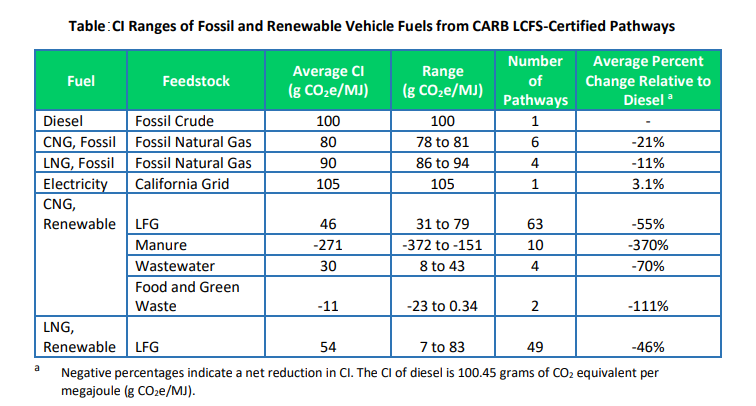
Fuel Diversity and Availability
As biogas feedstocks are generated from a wide variety of sources with high availability, using RNG increases and diversifies domestic energy production, as opposed to foreign produced transportation fuels such as oil.
Improved Local Air Quality
Compared to traditional diesel or gasoline, an RNG-fueled vehicle generates significantly less pollutant emissions, resulting in local air quality benefits. RNG combusts similarly to fossil natural gas, so pipeline operators make no distinctions between the two once the RNG meets the required specification and is injected into the pipeline network.
Innovative Domestic Job Creation
As the industry keeps growing, increased production will lead to the development and development of new technologies, while also creating new career opportunities.
Cost-effective solution for heavy-duty vehicles fleet
Converting heavy-duty vehicles to renewable natural gas can be profitable for fleet owners as a zero or near-zero emissions technology for HDVs.
- The price of RNG is competitive and stable compared to the price of diesel.
- There is a possibility to mix RNG with compressed or liquefied natural gas, in varying proportions, to save money.
- Vehicles and refueling stations have lower maintenance costs.
- Payback period is approximately 18 to 24 months, despite the larger capital investment.
BiogasWorld members in RNG Market
As a company connecting biogas and biomethane industry, BiogasWorld has more than 150 members and partners that are directly working on greening the economy and reducing GHG emissions. We spoke to several of our clients that work in supplying solutions for RNG and its use in transportation sector about their role in the market and their expectations for the future.
Bauer
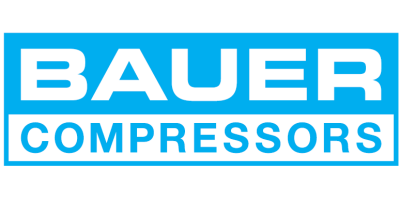
“Bauer Compressors understands the importance of Renewable Natural Gas (RNG) in both reducing the impact of organic waste and fueling a greener future in transportation. With over two thousand CNG compressor installations and roughly two hundred Biogas installations worldwide, Bauer Compressors has proven designs that provide superior lifecycle performance and the best value over the long term. As RNG reduces Greenhouse Gas Emissions and helps to rebuild local economies for the future, Bauer Compressors will be part of the solution.” – Brice Jones, Vice President Of Industrial Sales, Bauer Compressors Inc.
To learn more about Bauer’s services and products, please visit our online catalogue.
Clean Energy
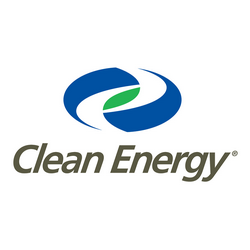
“Clean Energy supplies RNG to dozens of transit agencies and commercial trucking firms operating across North America. It sold over 500 Million Diesel Liter Equivalents (DLE’s) of RNG last year and is forecasting a dramatic increase as carbon charges become increasingly relevant on both sides of the Canadian and U.S. border. Simply, you can put more RNG powered vehicles that work better and have equal to lower emissions than gasoline, diesel, batteries or hydrogen vehicles on the road today at lower to much lower lifecycle cost, ” said Iain Johnstone, Region Manager – Canada, Alaska and Washington at Clean Energy Fuels.
To learn more about Clean Energy’s services and products, please visit our online catalogue.
U.S. Gain
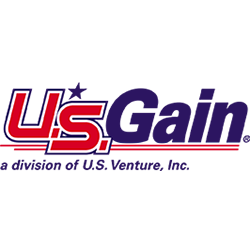
”The government, investors, corporations, and consumers are demanding emission reductions from the transportation sector because of its negative impact on air quality. Renewable natural gas (RNG) is a proven carbon emission reducing fuel, that fleets can afford,” said Mike Koel, President of U.S. Gain. “RNG works with existing natural gas vehicles, relies on established fueling infrastructure, and often qualifies for financial benefits when used as an alternative fuel. It’s a win-win, environmentally and economically”.
To learn more about U.S. Gain’s services and products, please visit our online catalogue.
DMT
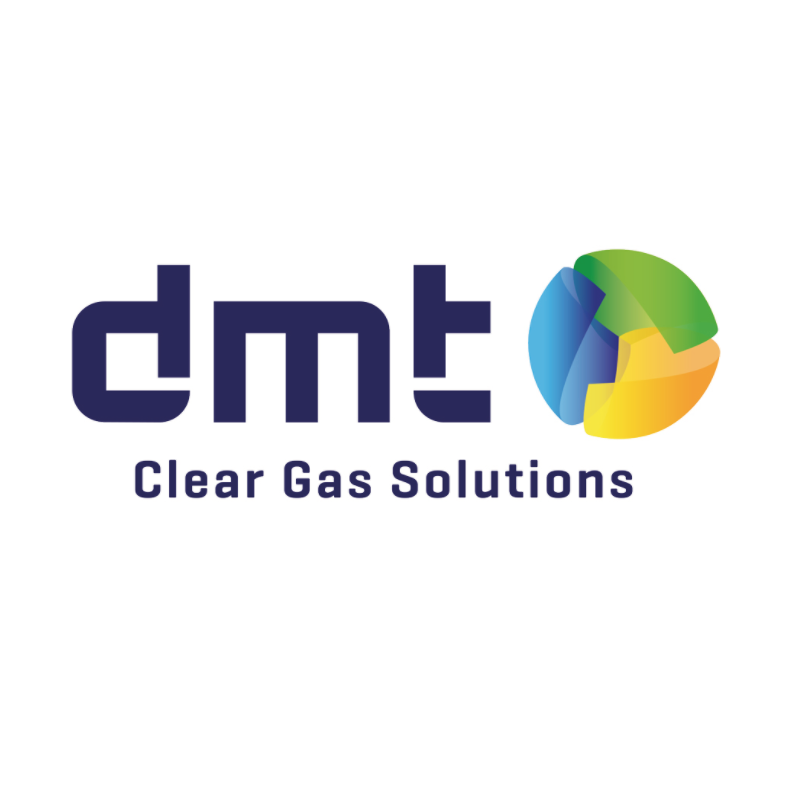
”While almost all of DMT projects in North America (NA) inject the RNG into the pipeline, we have many projects that subsequently use this RNG as vehicle fuel. With transportation as a leading source of climate change and air quality pollutants, natural gas vehicles (NGV) that are powered by RNG account for at least 40% of NGV use and is ready to usher NA into a cleaner future,” said General Manager of DMT Clear Gas Solutions, Robert Lems.
To learn more about DMT’s services and products, please visit our online catalogue.
Hexagon
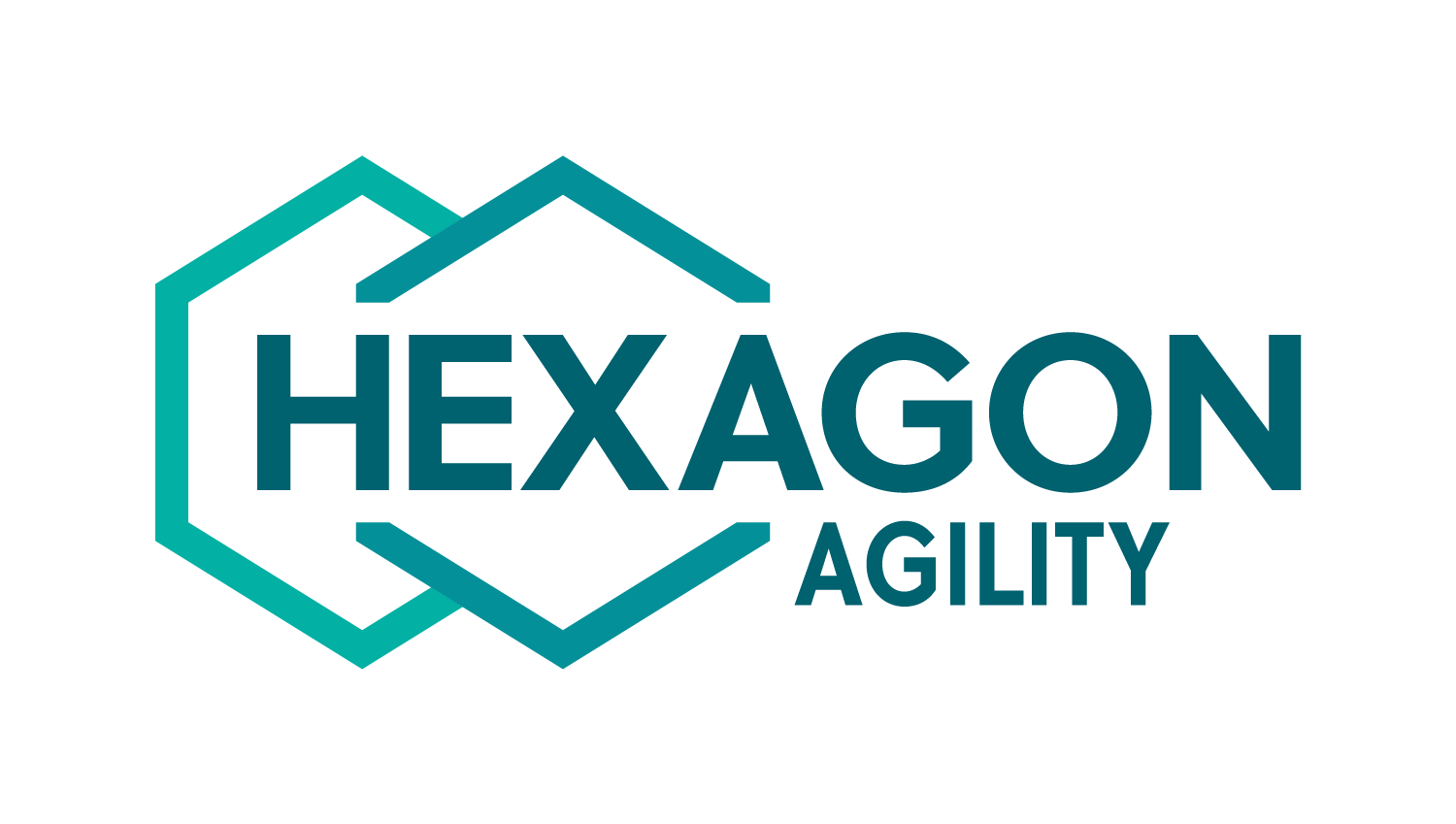
”Hexagon’s vision is for Clean Air Everywhere. In support of that vision, Hexagon Agility’s Mobile Pipeline® products facilitate the transportation of RNG from sources in our rural communities that are unable to deliver their RNG to the natural gas distribution system. In addition to our Mobile Pipeline products, our Clean Solutions team is a trusted supplier of CNG/RNG fuel systems to many of North Americas leading fleets. We are very proud of the multiple roles that we have in the RNG value chain,” said Mark Babcock, Director of Business Development at Hexagon.
To learn more about Hexagon’s services and products, please visit our online catalogue.
Regulations in Canada
Clean Fuel Standard (CFS)
CFS has been in works since 2018 and is expected to be released by the end of 2021, with draft regulations issued for comments at the end of 2020.
According to the proposed approach, the program is expected to have a performance-based approach, designed to incentivize innovation and adoption of low carbon fuels throughout the economy. Compliance credits can be earned in three ways:
- Undertake projects that reduce the lifecycle carbon intensity of fossil fuels (e.g., carbon capture and storage, renewable electricity);
- Supply low carbon fuels – like ethanol in gasoline or biodiesel in diesel;
- Support switching from fossil fuels to lower carbon fuels or energy like electricity or hydrogen in vehicles.
Final regulations under Clean Fuel Standard for gaseous fuels are scheduled to be published in 2021 and to come into force in 2023. With a target of 30 million tonnes of annual reductions in GHG by 2030, the regulations will apply to transportation, industrial and building fuels and also allow allow producers of low-carbon fuels to generate credits as a compliance category; biomethane and biogas are included as eligible fuels.
Obligated parties will include natural gas producers, transmission companies, and utilities.
Canada’s Heavy-duty Vehicle and Engine Greenhouse Gas Emission Regulations
Announced in 2018, these regulations aim to reduce CO2 emissions from heavy-duty vehicles, such as school buses, coaches, trucks, and others.
They will help businesses save more than CDN $ 19.4 billion in fuel by 2030. Over the years, CO2 emissions standards for heavy-duty vehicles will become more stringent and will require, in 2027, a reduction of 25%.
The regulations will introduce stronger standards for vehicles and engines in model year 2021, and they will increase in stringency up to model year 2027 to give heavy-duty vehicle manufacturers and owners time to adapt.
Regulations in the United States
In United States, the federal government is implementing several policies to support the use of renewable natural gas for heavy-duty vehicles or the use of zero and near-zero emissions technologies.
To know more about the other federal, state and provincial policies we haven’t mentioned, please visit the RNG Coalition website.
Renewable Fuel Standards (RFS)
Managed by the Environmental Protection Agency (EPA), this policy imposes biofuel volumes to the transportation sector. These biofuels fall into four categories: cellulosic biofuels, diesel produced from biomass, advanced biofuels and renewable fuels.
For a fuel to qualify as a renewable fuel under the RFS program, EPA must determine that the fuel qualifies under the statute and regulations. Among other requirements, fuels must achieve a reduction in greenhouse gas (GHG) emissions as compared to a 2005 petroleum baseline.
EPA has approved fuel pathways under the RFS program under all four categories of renewable fuel. Advanced pathways already approved include ethanol made from sugarcane; jet fuel made from camelina; cellulosic ethanol made from corn stover; compressed natural gas from municipal wastewater treatment facility digesters; and others.
- Biomass-based diesel must meet a 50% lifecycle GHG reduction
- Cellulosic biofuel must be produced from cellulose, hemicellulose, or lignin and must meet a 60% lifecycle GHG reduction
- Advanced biofuel can be produced from qualifying renewable biomass (except corn starch) and must meet a 50% GHG reduction
- Renewable (or conventional) fuel typically refers to ethanol derived from corn starch and must meet a 20% lifecycle GHG reduction threshold
California’s Low Carbon Fuel Standard (LCSF)
First created by the California Air Resources Board (CARB) in 2011, the Low Carbon Fuel Standard is a market-based program that focuses on reducing carbon intensity of fuels used within California. It is part of the AB 32 Global Warming Solutions Act of 2006, aiming to minimize greenhouse gas emissions 20% by 2030 and 80% by 2050.
The LCSF program offers multiple credit generation opportunities to incentivize production and use of low carbon fuels. One of them is the fuel pathway-based crediting, where each LCFS credit represents one metric ton of carbon dioxide reduced. To learn more about the LCFS, take a look at US Gain’s summary article.
Extension of the Alternative Fuels Tax Credit (AFTC)
In December 2020, the United States announced the extension of tax credits for vehicle owners running on biodiesel, renewable diesel, electricity and for second-generation biofuels producers. Businesses can benefit from a $0.50 per gallon credit for commercial use of natural gas, renewable natural gas and other alternative fuels.
Project developers can also benefit from a tax credit for the installation of CNG station infrastructure up to 30% of the amount. Read this article to learn more about the extension of Alternative Fuels Tax Credit.
Businesses, organizations and municipalities leading the way with RNG
UPS buys more than 6,000 natural gas-powered trucks
In 2019, United Parcel Service (UPS) announced plans to purchase more than 6,000 natural gas-powered trucks over three years, a $450 million investment, in an effort to reduce its fossil fuel consumption and the environmental impact of its 123,000-vehicle fleet.
UPS also agreed to buy 230 millions gasoline gallon equivalents (GGE) of RNG over seven years, which made them the transportation industry’s largest users of RNG at the time.
As stated in their 2020 Sustainability Progress Report released in June 2020, UPS projects that at least 1 million metric tonnes of emissions will be avoided with this commitment.
LA Metro signs a multi-year contract for more than 47 million gallons of renewable natural gas
In February 2021, Los Angeles Metro signed a new agreement with Clean Energy Fuels, a fueling solutions provider, for an estimated 47.5 million gallons of renewable natural gas to fuel the city’s transit bus fleet.
“Metro is committed to ensuring a seamless path towards a carbon neutral future,” said Metro’s Chief Sustainability Officer, Cris Liban. “Our use of RNG alongside our ultra-low NOx engines on our existing CNG fleet provides the most cost-effective, equitable, and clean air strategy as we continue to transition to a 100% zero-emissions bus fleet by 2030 and a net zero-emissions agency by 2050.”
This agreement will mark the completion of Metro’s 5-year goal to transition its diesel fleet to cleaner, low-carbon fuel, with 2,400 buses now running on RNG—the first renewable and commercially available vehicle fuel made entirely from organic waste.
Toronto’s organics processing facility to convert food waste to RNG
In May 2020, the City of Toronto started installing equipment at the Dufferin Solid Waste Management Facility, which is set to upgrade the biogas produced from processing food waste into renewable gas energy.
The facility collects approximately 160,000 tonnes of organic material per year and is able to manage 55,000 tonnes which are used to produce 3.3 million cubic meters of RNG. This quantity is enough to power the majority of Toronto’s waste collection fleet, and also the equivalent of taking 1,871 cars off the road.
Enbridge Gas Partners with City of Hamilton to Fuel Ontario’s First Carbon-Negative Bus
In March 2021, the City of Hamilton and Enbridge Gas announced that the first RNG-fueled in Ontario. In approximately one year, the Hamilton Street Railway will use and divert 450 tonnes of organic waste from the landfill, the equivalent of 138 garbage trucks and 36,000 liters of diesel consumed in a year.
“Renewable natural gas provides an excellent opportunity for the HSR and City of Hamilton to continue our efforts to lower corporate GHG emissions and move toward targets outlined in our Climate Change Emergency declaration and Corporate Energy and Sustainability Policy. We are proud to partner with Enbridge Gas on this innovative initiative that will pave the way to ensure the future of transit in our community is energy efficient and sustainable,” says Mayor Fred Eisenberger City of Hamilton.
Conclusion
In conclusion, RNG is a great source of renewable energy in order to tackle a portion of the GHG emission reduction goal. Presently the first generation of RNG (landfill and AD) are doing great but the biggest potential of production RNG is still in the second (Power-to-gas) and third generation (biomass gasification).
We must, more than ever, open the door to new options for green energies. With its forward looking perspective, BiogasWorld is committed to keeping up to date on new industry developments, innovations and best practices. We regularly update our website and social media accounts (Twitter and LinkedIn) with the latest industry information. Additionally, we publish an annual Biomethane Market Intelligence Report available for our premium members.
To keep up to date with industry developments, subscribe to our newsletter today!
Sources
- FortisBC: Renewable Natural Gas
- Reuters: UPS hits the gas on greener delivery truck fleet
- Business Wire: Clean Energy Signs Multi-Year Contract with LA Metro for More Than 47 Million Gallons of Renewable Natural Gas
- BLG: Clean Fuel Standard Regulations released for consultation
- NGTNews: Congress Extends Tax Credits for Alternative Fuels
- EPA: Renewable Fuel Standard Program
- Canadian Biomass Magazine: Toronto organics processing facility to convert food waste to RNG
- USGain: Understanding the California Low Carbon Fuel Standard (LCFS)
- American Gas Association (AGA): Renewable Natural Gas (RNG)
- Ameresco: Renewable Natural Gas

